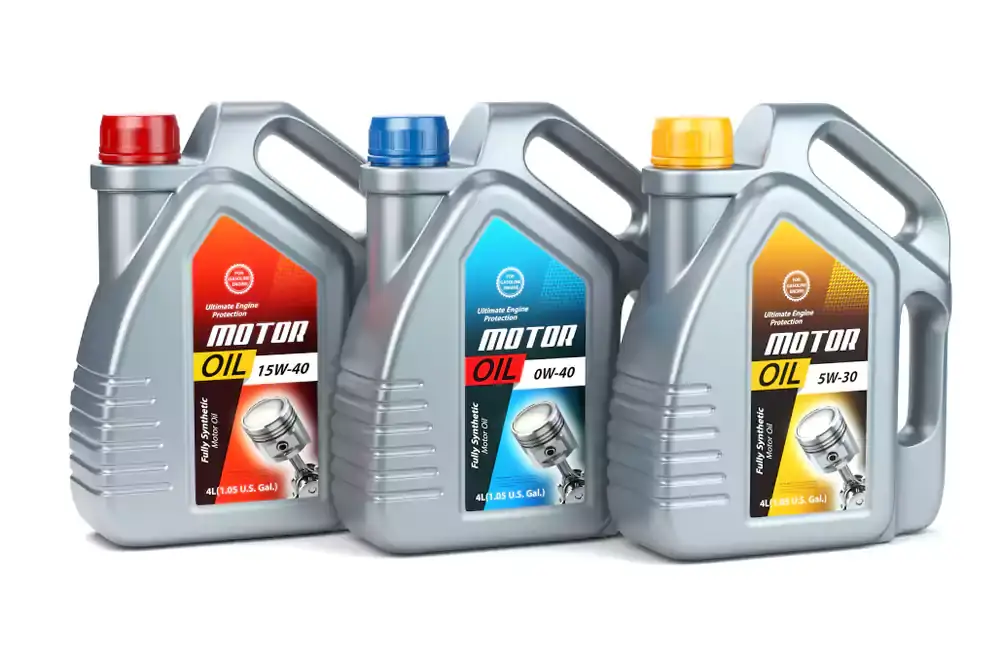In a world increasingly focused on environmental sustainability, the recycling and refining of waste oil have become imperative practices to mitigate the ecological impact of industrial processes.
WFE (Thin Film Evaporation) is a cutting-edge method with significant advantages among the various technologies employed for this purpose. In this blog, we’ll delve into the intricacies of WFE technology and briefly explore other techniques used in the quest to transform waste oil into valuable resources.
WFE Technology: Unveiling the Innovation
Process Overview:
WFE technology uses thin film evaporators to distill waste and recover valuable base oils. The process takes place in a vacuum, under high temperatures, allowing for the separation of contaminants and the recovery of usable oil fractions.
Coagulation and Filtration:
Before the WFE process, waste oil often undergoes coagulation treatment. Coagulants are added to encourage the aggregation of impurities, forming sludge that can be separated easily. Filtration is then employed to remove the coagulated sludge, leaving a pre-treated oil ready for the WFE process.
Distillation and Fractionation:
In the WFE unit, the pre-treated oil is heated in a thin film evaporator, separating different components based on their boiling points. This distillation process results in the recovery of base oils, leaving contaminants and other byproducts behind.
Recovery of Valuable Products:
The base oils obtained through WFE technology can be further processed and refined to produce high-quality lubricants, contributing to a sustainable and circular economy by reducing the reliance on virgin oil production.
Other Waste Oil Recycling Methods: A Brief Overview
Hydrotreating:
This method uses hydrogen to remove impurities and break down complex hydrocarbons in waste oil. While effective, hydrotreating requires significant energy input and is often used in large-scale industrial facilities.
Acid-Clay Treatment:
Acid-clay treatment employs acid and clay to remove impurities from waste oil. The acid reacts with contaminants, forming solids that can be separated through filtration. While cost-effective, this method may produce hazardous waste and requires careful handling of chemicals.
Solvent Extraction:
Solvent extraction uses solvents to dissolve and remove impurities from waste oil selectively. While effective in specific applications, it can be resource-intensive and pose environmental and safety concerns associated with solvent usage.
Activated Carbon Treatment:
Activated carbon adsorption involves passing waste oil through activated carbon beds, where impurities are adsorbed onto the carbon surface. This method effectively removes color, odor, and contaminants but may require frequent carbon replacement.
Re-refining:
Re-refining is a comprehensive process that involves removing impurities and restoring used oil to its original condition. While effective, it typically requires advanced facilities and technologies, making it suitable for large-scale operations.
Advantages of WFE Technology:
Energy Efficiency:
WFE technology is known for its energy efficiency, requiring lower energy input than other methods. The vacuum conditions and high temperatures contribute to efficient separation and distillation processes.
Low Environmental Impact:
WFE technology generates minimal waste and emissions, aligning with sustainable practices. The closed-loop system and the ability to recover valuable base oils contribute to a more environmentally friendly waste oil recycling process.
Versatility:
WFE technology can handle various types of waste oil, including used engine oil, transmission fluids, hydraulic oils, and more. Its adaptability makes it suitable for diverse applications within the recycling industry.
Conclusion: A Greener Future Through Innovation
As the world grapples with the environmental consequences of industrial activities, technologies like WFE play a crucial role in transforming waste oil into valuable resources while minimizing ecological impact.
While other methods contribute to waste oil recycling, the efficiency, energy savings, and environmental benefits of WFE technology position it as a pioneering solution for a greener and more sustainable future.
Embracing these innovations is not just an industry imperative but a collective responsibility as we navigate the path toward a circular economy and reduced environmental footprint.
We welcome any questions or feedback you may have; please don’t hesitate to contact us.





